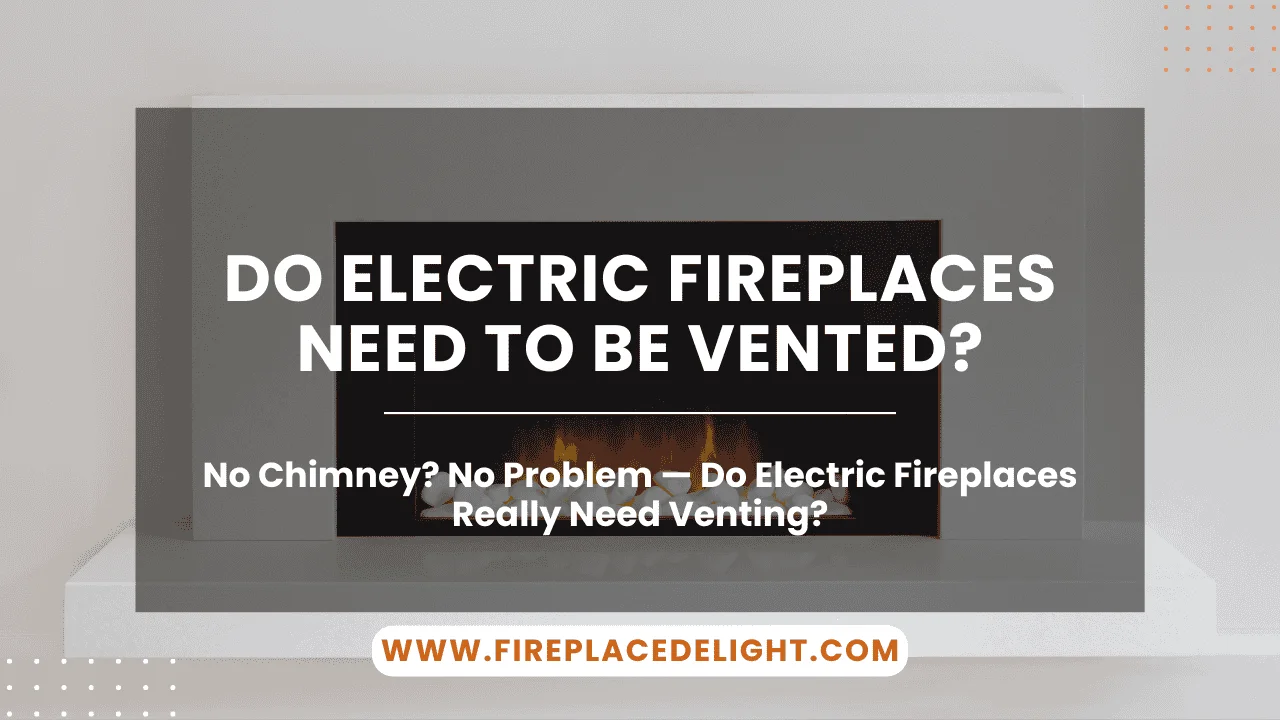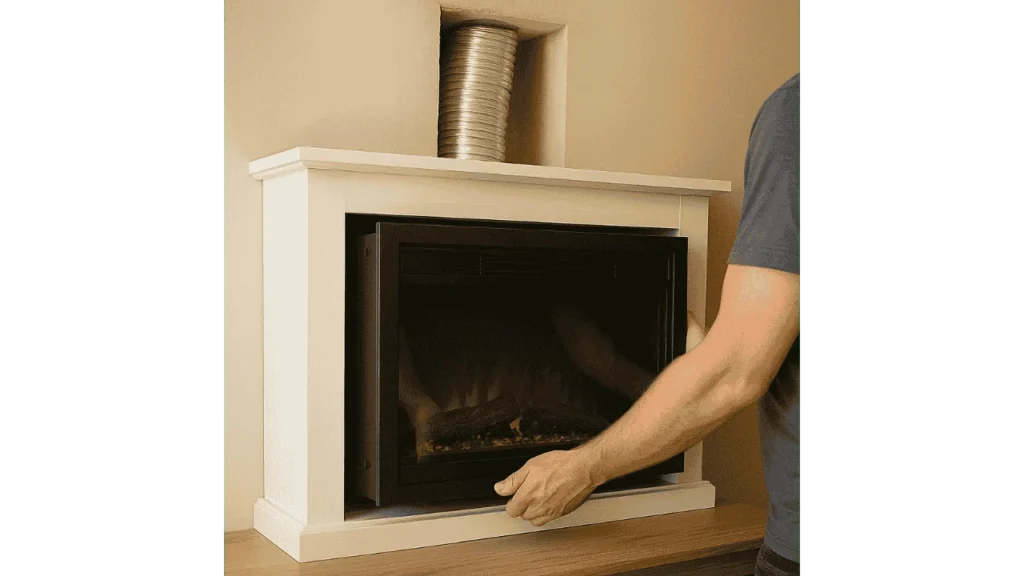Electric fireplaces have quietly become one of the most convenient heating solutions in modern homes. From compact flats in the UK to larger family homes in the US and Canada, homeowners are turning to these sleek, low-maintenance units to bring warmth and ambiance without the mess. I’ve seen the shift firsthand. People want the charm of a fireplace without the hassle of chimneys or gas lines, and electric fireplaces meet that demand beautifully.
Understanding Electric Fireplaces
How Electric Fireplaces Work?
At their core, electric fireplaces are powered entirely by electricity. There’s no real flame, no logs, and no combustion. Instead, internal heating elements generate warmth, while LED lights and a flickering screen mimic the look of a real fire. Some models even include sound effects to heighten the illusion. It’s all designed to give you the cozy fireplace feel without the smoke, soot, or ash.
Types of Electric Fireplaces
You’ll find a wide range of electric fireplace styles to suit nearly any room layout or decor. Wall-mounted models offer a modern, space-saving look. Freestanding units are popular for renters or homeowners who don’t want to commit to a permanent fixture. Insert fireplaces can slide into an existing traditional fireplace opening, making them a smart upgrade when replacing an old wood-burning unit. Each type shares the same no-vent operation, but the setup may vary slightly based on your space.
Venting Requirements for Fireplaces
Traditional Fireplaces
Wood-burning and gas fireplaces rely on actual combustion. That means fire, smoke, and byproducts like carbon monoxide. These systems require venting, whether it’s a full chimney or a direct vent system, to safely channel fumes out of the home. Improper venting in these setups isn’t just inefficient; it’s dangerous. Fire codes and building regulations in most regions mandate venting systems for these types of units.
Read More: Are Electric Fireplaces Tacky?
Electric Fireplaces
Electric fireplaces are completely different. Since there’s no real flame or combustion, there’s nothing to vent. No carbon monoxide, no smoke, and no pollutants. That’s the beauty of it, they’re as clean as your average space heater. You can plug them into a standard outlet, and they’re ready to go. No need for structural changes, chimney sweeps, or gas lines.
“Electric fireplaces offer a zero-emission solution, making them ideal for urban homes, apartments, and condos where venting isn’t practical,” says Daniel Moffat, senior product engineer at EcoGlow Heating.
Benefits of Ventless Operation
Ease of Installation
Installing an electric fireplace is incredibly straightforward. Most models are plug-and-play, requiring no drilling, ducts, or construction. Even insert versions that fit into traditional fireplaces are simple to install compared to gas or wood options. If you’ve ever avoided a fireplace upgrade due to installation headaches, electric changes the game.
Placement Flexibility
Without the need for venting, electric fireplaces can go just about anywhere. I’ve seen them installed in bedrooms, basements, kitchens, even bathrooms. This flexibility makes them an excellent option for homes with limited space or unusual layouts. You can also relocate them much more easily if you ever rearrange a room or move house.
Safety Considerations
No combustion means no risk of carbon monoxide poisoning or chimney fires. That makes electric fireplaces a safer choice, especially for homes with children or elderly residents. Some units even include cool-touch glass and automatic shut-off features for added peace of mind. From a safety standpoint, they’re hard to beat.
Common Misconceptions
Heat Output
One of the biggest myths is that electric fireplaces can’t produce enough heat. While they won’t heat an entire house, most models are effective at warming rooms up to 400 square feet. That’s perfect for a living room, bedroom, or office. Advanced models also include thermostats and fan settings to help distribute warmth evenly.
Realism of Flame Effects
Early electric fireplaces had a reputation for looking fake. Not anymore. Today’s flame effect technology is surprisingly convincing, with adjustable brightness, flicker speed, and even color options. Some high-end models use water vapor or projection to create a lifelike, three-dimensional flame.
“The realism of electric flame visuals has evolved to a point where many people can’t tell the difference unless they get up close,” notes Sophia Trent, interior design consultant at Hearth & Style Interiors.
Conclusion
Electric fireplaces don’t need to be vented, and that’s a big part of their appeal. With no emissions, no structural modifications, and very little maintenance, they offer a safe and practical heating solution for modern living. Whether you’re in a city flat, countryside home, or suburban townhouse, going electric gives you the charm of a fireplace without the complications. And in today’s busy world, that kind of simplicity is more than welcome.
- 27 Farmhouse Fireplace Ideas That Bring Warmth & Charm - August 18, 2025
- 25 Fireplace Lighting Ideas to Illuminate Your Hearth - August 7, 2025
- How to Replace an Electric Fireplace Switch? - August 5, 2025



